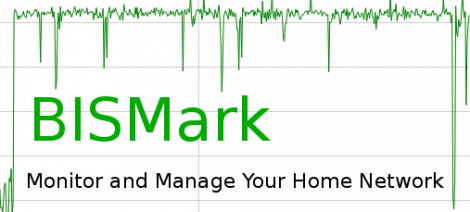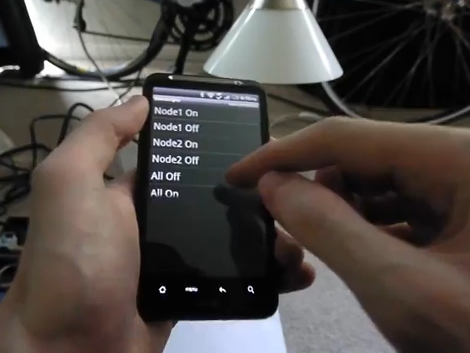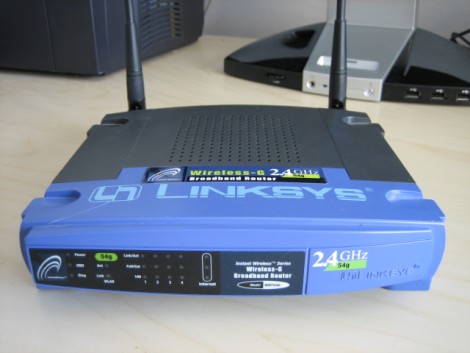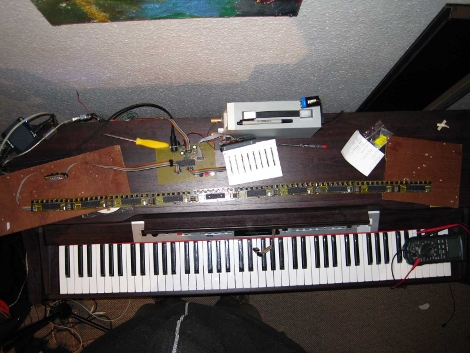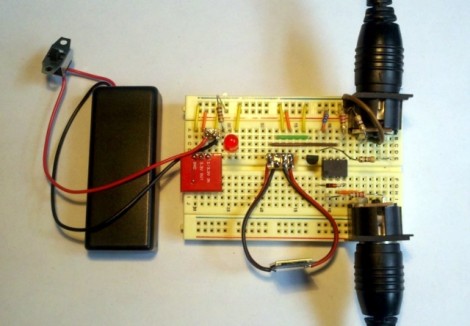
[Peter Brinkman] is working on a circuit that makes it easy to interface MIDI and Bluetooth devices. His target hardware has been a MIDI compatible keyboard and an Android phone. He was inspired to tip us off about the project after reading about yesterday’s Bluescripts project.
We’ve embedded two demo videos after the break. They show [Peter] first using this hardware to receive MIDI signals from a keyboard on his Android phone, and then he demonstrates using the phone and an on-screen musical keyboard to transmit data back to a MIDI device which generates the intended sounds.
It’s an interesting project and he’s headed down the kit-production path right now. You’ll want to browse all of his recent posts, but we especially liked reading his thoughts about simplifying the circuitry. He originally had two separate voltages running in the circuit with a level converter for data signals. After some re-conceptualization he ditched several components and improved the functionality a bit.
Continue reading “Turn Any Bluetooth Device Into A MIDI Controller”

